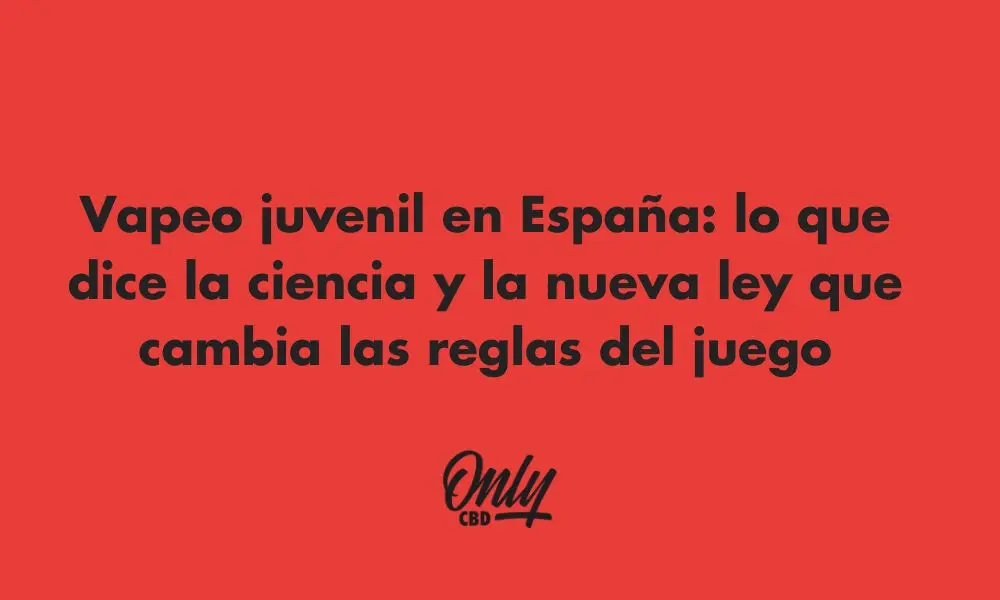Vaping has been growing for years as an alternative to traditional tobacco, especially among young people. Many see it as harmless, "less bad" than traditional cigarette smoking. But beware: science is beginning to speak out, and in Spain, the government has decided to intervene with a new law that changes everything.
What's happening with the new anti-smoking law in Spain?
The Council of Ministers has just approved a preliminary draft law that expands smoke-free spaces. This means we're no longer just talking about tobacco: Electronic cigarettes are also prohibited on terraces, bars, restaurants, sports venues and public events..
Bottom line: If you're a smoker or vaper, be prepared because the space to do so is significantly reduced.
In addition, the Comprehensive Plan for Tobacco Prevention and Control 2024-2027 sets a 12-month deadline for manufacturers and sellers to adapt. Especially important for disposable vapes, which will disappear from the market during that time.
The key point: young people and vaping
Where does all this regulatory movement come from? Well, science.
A study that reviewed more than 380 investigations on youth vaping found a worrying pattern:
- Young people who vape have up to three times more likely to start smoking tobacco than those who do not.
- It is also associated with an increased risk of trying marijuana, alcohol, and developing health problems.
- Among the effects already mentioned: Asthma, chronic cough, cardiovascular, dental, and even mental health problems.
In short: Far from being a game, vaping could become a gateway to further addictions and diseases.
Is it as serious as it seems?
Not all experts agree on the magnitude of the problem. Some point out that the quality of the studies is still low and that it is not possible to speak of proven causality. Even so, consistency of results makes one think that the link is real.
The WHO has already described it as “alarming,” and in Spain there is particular concern about the impact on adolescents and young people. It is no coincidence that the new law also prohibits sweet flavors (mint, fruit, gum), which tend to be the most attractive for those who are new to vaping.
The commercial challenge: a market in the spotlight
Currently in Spain there are more than 460 brands of electronic cigarettesWith so much supply, controlling this market won't be easy.
Manufacturers will have to adapt rapidly: fewer flavors, no disposables, and a much stricter legal framework. On the other hand, consumers will have to decide whether to continue looking for alternatives or whether this new regulation marks a turning point in consumer habits.
In conclusion: what awaits us?
The new law not only regulates, it also sends a clear message: Vaping is not harmless, and young people are the priority to protect..
It remains to be seen whether these measures will actually reduce teen smoking or whether the market will find new ways to adapt. What is clear is that we are witnessing a turning point in the history of tobacco and vaping in Spain.

















